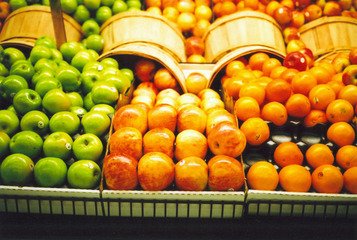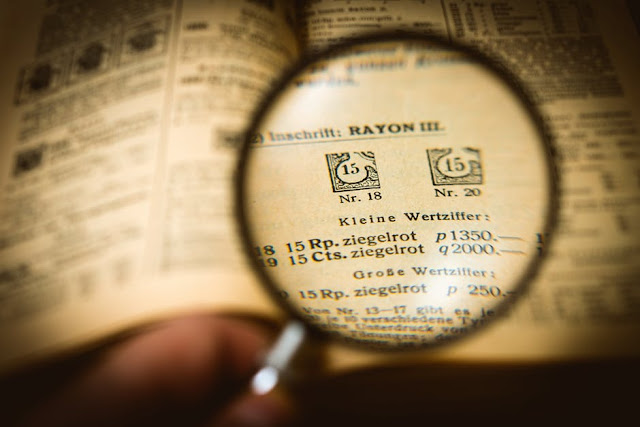Binary Selection and the Tyranny of "Good, Better, Best"
Last time you pulled up to a gas pump, you had to make a choice. That choice consisted of 87% with ethanol, Regular, or Premium. It’s a choice you’ve made thousands of times. In fact, far beyond the gas pump, you’re asked to make that very same kind of “good, better, best” decision over and over again, whether you’re picking airplane seats or breakfast cereal.
It seems to make sense: in a fast-changing world where the options seem to multiply every day, there is something comforting about “good, better, best” as an easy navigation tool. Your brain adapted so well to this strategy, it’s likely you don’t even think about it. It’s just another heuristic, just another way the brain conserves energy by employing a rule of thumb that spares you from thinking too hard. Why not bring it into the cereal aisle?
Marketers hit upon this tactic years ago. It seems like a hugely successful move for anyone who wants to take advantage of the brain’s natural tendency towards fuel conservation, or as it’s sometimes known, “laziness.”
There’s only one problem: your brain operates on a binary system. Like a laptop computer, it’s only designed to select between this or that. Some scientists believe this either/or system comes from harnessing our fight or flight mechanism for decision-making.
Couple that with the fact that your brain doesn’t have the RAM to scan many prospects simultaneously like Superman. In other words, when you are presented with a multiple choice situation, your brain can only sort the information by comparing just two options at a time, and then eliminating one. It repeats this simple strategy over and over again until you’ve worked your way through all the offerings before you.
This is precisely what optometrists do when you undergo the exam to determine the strength of your new lenses. “Can you see better through this or that?” they ask again and again as they shepherd you through a long string of binary choices. It’s amazingly efficient. From dozens and dozens of possibilities, you can find the right lens in a matter of minutes. Imagine the alternative, if instead they laid out twenty or thirty lenses on a table and asked you to determine which worked best for you. Think about the glucose your brain would expend trying to pull off that feat.
All of which, of course, brings us back to “good, better, best.” When your brain drops into that heuristic, a curious thing happens. Without deliberation, for many people the natural tendency is to think, ‘Well, I don’t want the cheapest one, and I don’t want the most expensive. Middle option it is.’ It feels like the savvy, responsible thing to do. “Good, better, best” automatically biases you towards “better.”
It’s called the “Goldilocks rule”: not too big, not too small, but just right. But what if the bargain bin option is actually of better quality? What if paying the extra money for the pricier version is worth it in the long run? When your brain slips into heuristic mode, it runs that bit of neural code without deliberation. That’s the beauty of it—and that’s also how it can get you into trouble.
Binary selection has been around since the dawn of humanity. There is something breathtakingly elegant about the brevity of this vs that. It doesn’t resign your decision-making to status quo; consciously using binary selection to weigh many choices will yield less biased results. Keep in mind: marketers have an agenda. Don’t be fooled by the “good, better, best” approach.
Better isn’t always best.





Comments
Post a Comment